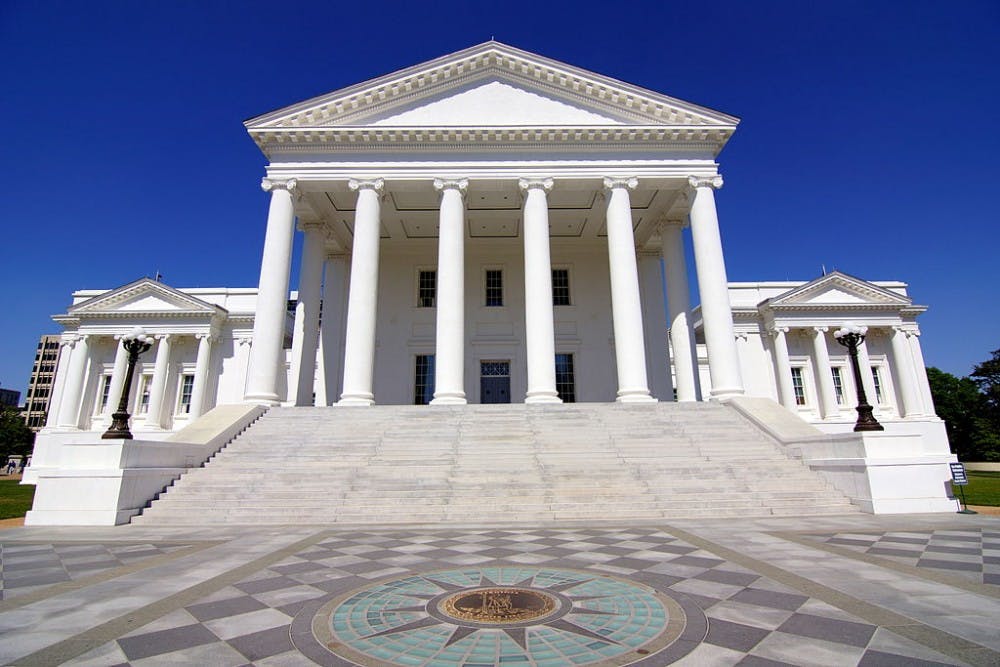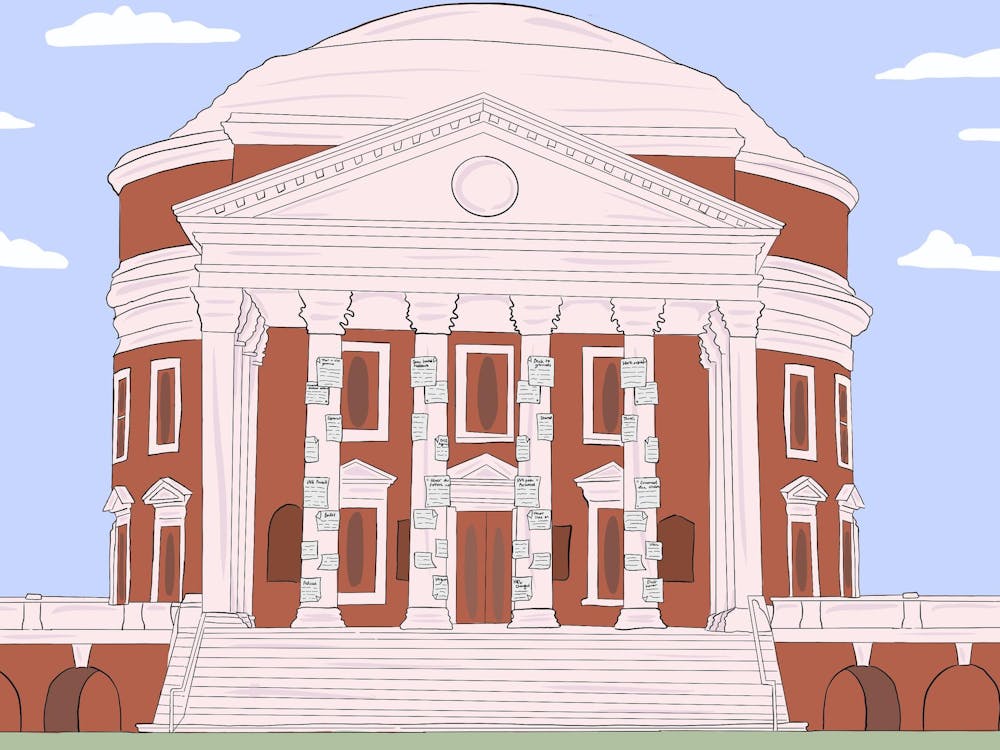Almost a decade ago, the Great Recession devastated the United States economy, greatly reducing state budgets among a host negative externalities. In response to these revenue shortfalls, many states began to cut funding for public services including higher education. This decline in funding for higher education is understandable in tough economic times. However, after previous recessions, colleges eventually regained the lost money — that did not happen this time around.
According to the Center on Budget and Policy Priorities, “Overall state funding for public two- and four-year colleges in the school year ending in 2018 was more than $7 billion below its 2008 level, after adjusting for inflation.” This trend has continued despite states increasing funding for other programs in their states. Some have even described higher-education as a “piggy-bank” for lawmakers to raid, with the knowledge that they can recover that money by charging students higher tuition rates. This is illustrated by the fact that tuition and fees increased by 9.5 percent at public four-year institutions right after the Great Recession and then continued increasing in the years following.
This story rings true in Virginia, where state spending on education still dwindles below pre-recession levels. The CBPP calculated that between 2008-2018, Virginia’s percent change in higher-education funding was -16.5 percent. According to the State Council of Higher Education for Virginia, in 2017, students, were paying for 53 percent of the cost of higher-education through tuition and fees, which was far above the 2004 target of 33 percent. SCHEV suggests that in order to return to that goal, Virginia would have to increase higher-education spending by a whopping $660 million.
Tuition increases have shown no sign of abating, with college tuition in the Commonwealth to increase across the board by 5 percent this academic year. In addition, the University's Board of Visitors has already voted to increase its tuition for in-and out-of-state students for the 2019-20 academic year.
However, while tuitions have continued to rise this year, states have received an influx of revenue due to the strength of the economy and the recently passed federal tax reform. In Virginia, revenue collections as a whole were up by 6.3 percent this year. This new revenue presents an opportunity for the state to increase funding for higher-education and eventually decrease tuitions at public universities.
Fortunately, some increases in state funding did materialize with Gov. Ralph Northam’s recent budget proposals, though the policies did not go nearly far enough. In these proposals, Northam wants to commit $15.5 million for financial aid and increasing state funding for the Tuition Assistance Grant Program by $5.2 million. This is welcome news to be sure, and if these policies become law, they will likely help many who are struggling with the cost of higher education. These proposals, however, are below what SCHEV estimates is necessary and seems to only help students cope with the high cost of public education instead of addressing the root of the problem.
Moreover, states forcing students to shoulder the brunt of the cost of public higher-education isn’t effective policy and is already having detrimental effects on society. According to some estimates collective student debt in the United States has reached $1.5 trillion. This huge amount of debt can adversely impact young people in many ways, such as decreasing recent graduates’ probability of entering into public interest jobs and reducing the number of young people who own their own homes. In addition, student debt is in part to blame for reducing consumer spending. Given these clear issues, it is appalling that our government has not endeavored to lower the cost of higher education and reduced tuition rates for all students.
This inaction is particularly obscene, given the fact that Virginia has given Amazon almost $600 million dollars in incentives to locate part of their second headquarters to Virginia, which is close the amount SCHEV estimates we need to increase our higher-education spending by.
However, it is important to note Virginia didn’t offer Amazon the most lucrative tax incentives in its bid.What was instrumental in helping Virginia land HQ2 was Virginia’s well educated workforce, the prowess of its colleges and universities and a promise to undertake a large investment in tech higher-education. This reality clearly demonstrates the importance of creating a skilled workforce by investing in higher education to make it financially accessible to all.
As it stands now, Virginia and states across the country are failing their young people. Offering an education at an affordable price to students is not only good policy, but giving young people a chance at the American dream, without condemning them to a life of crippling debt is morally the right thing to do. Universities can attempt to address these problems in some ways, like President Jim Ryan’s recent announcement that students coming from families making less than $80,000 would be able to attend the University tuition free. However, despite all the good this proposal will do, it does not change that college tuitions as a whole are still too high. It is up to states, Virginia included, to step up and dramatically increase funding for public education in order to eventually reduce tuition for all students and truly make higher education accessible and affordable.
Jacob Asch is an Opinion Editor for The Cavalier Daily. He can be reached at j.asch@cavalierdaily.com.







